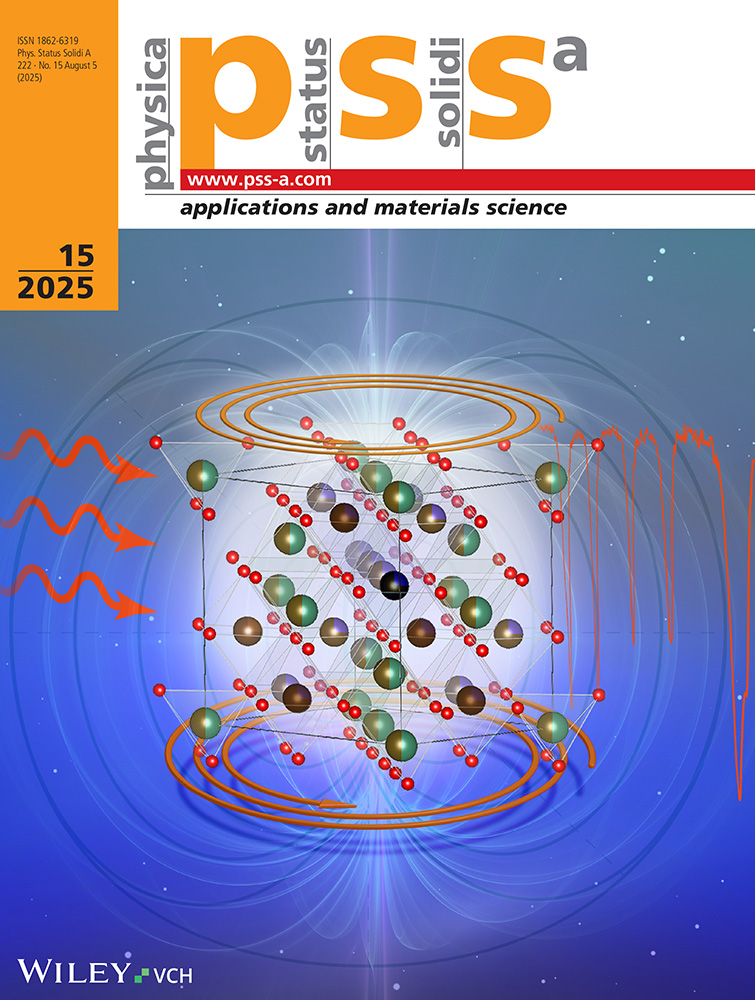Structural State of β-Solid Solution in Quenched Quasicrystal-Forming Alloys of Al61Cu26Fe13
Abstract
Electron microscopic investigations of the structural state have been carried out for the β(CsCl-type)-phase in the quenched quasicrystal-forming two-phase (ι + β) alloy Al61Cu26Fe13. We conclude that in the vicinity of compositions at which the icosahedral phase (ι) is formed, at deviations from the composition Al3(Cu,Fe)2 towards Al(Cu,Fe), the β(CsCl-type)-solid solution has a heterogeneous structure (a state similar to the diffuse incommensurable ω-phase in b.c.c.-solid solutions). This structure includes the β-matrix with fine regions of correlated ω-like displacements which in a certain way are interrelated with the τ3-short-range order of substitution. It is concluded that the β(CsCl-type)-phase of Al61—xCu26+yFe13—z reveals structural signs typical for electron-stabilized solid solutions, and because of this, the β-phase demonstrates a “dielectric” behavior of its electronic properties. An assumption has been made that the regions with ω-displacements are involved in the structural transformation β-phase → ι-phase.




